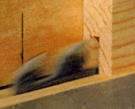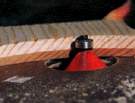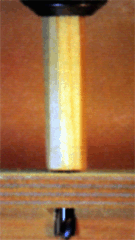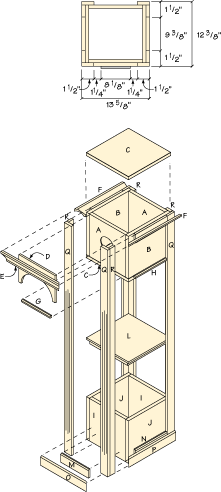
This tall clock may look like it was built from clear pine [that can run
upward of $6 a board foot (bf)], but it was actually built using #2 grade
ponderosa pine that went for $1.41 a foot. And I only pitched four of the
total 31 bf I purchased cutting around knots. When you're on a budget, it
pays to buy smart.
With no jointer nor planer in this shop, I bought nominal 1 x 12 material
already surfaced on four sides (S4S). The wide stock meant no edge gluing
was necessary, saving some time. In all, you'll need about 18 to 20 hours
to build and finish the clock.
I based my project dimensions on two factors: the clock's 8- 1/8"
diameter face and the lumber's 11- 1/8" net width. Refer to
the Schedule of Materials for a complete cutting list.












